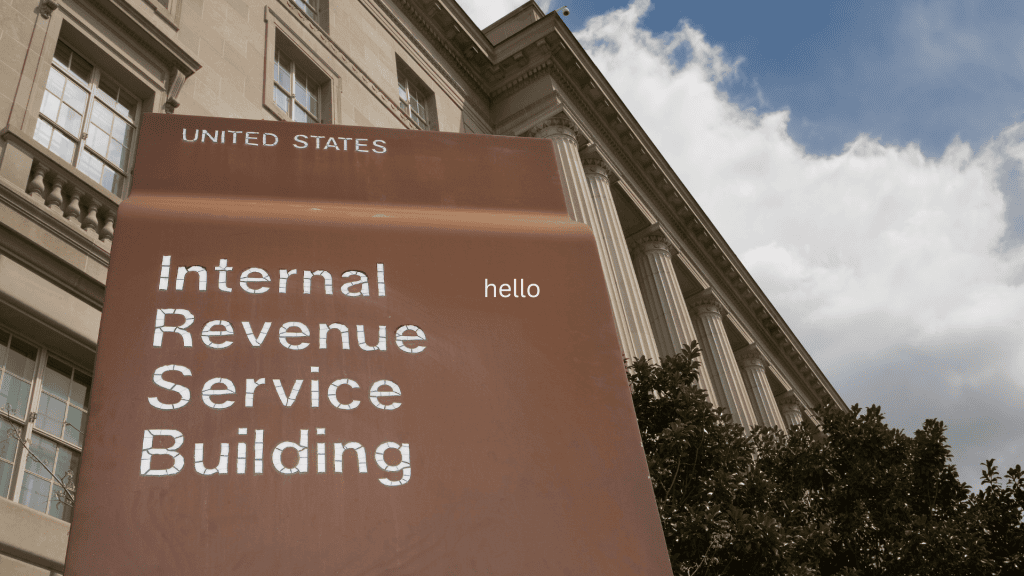When it comes to taxes, there’s nothing worse than being caught off guard by a penalty. One of the most common—and costly—issues taxpayers face is underestimated estimated tax penalties. In 2023, these penalties hit an all-time high, with millions of Americans feeling the pinch. But don’t worry! This guide will walk you through how to avoid these penalties and keep your cash flow healthy.
Did you know that the average IRS penalty for underestimated estimated taxes skyrocketed from $150 in 2022 to $500 in 2023? The number of taxpayers affected ballooned to 14 million, racking up over $7 billion in penalties. Why the spike?
The IRS calculates penalties using the short-term Treasury rate plus 3%. With the Treasury rate soaring from 3% in 2021 to as high as 8% in 2023, penalties increased sharply. Add to that the IRS’s upgraded systems for identifying discrepancies, and it’s clear why these penalties have become a growing concern.
1. The Safe Harbor Rule: Your First Line of Defense
The easiest way to avoid penalties is by adhering to the Safe Harbor Rule. To adhere to these guidelines both of the following must apply
1. You expect to owe a minimum of $1,000 in tax for 2024
a. Make note this is after subtracting your withholding and tax credits.
2. Your withholding and tax credits are less than
a. 90% of your current year’s tax liability during the year, or
b. 100% of your prior year’s tax liability
i. If your income is below $150,000. If your income exceeds $150,000, you must pay 110% of your prior year’s tax liability.
By meeting these requirements, you avoid penalties—even if your income fluctuates throughout the year. This is an excellent option for taxpayers with stable, predictable incomes.
Many high-income earners believe that making a year-end payment equal to 110% of their prior year’s taxes will shield them from estimated tax penalties. However, the IRS calculates safe harbor requirements and penalties on a quarterly basis. If a taxpayer earns a substantial portion of their income in the second and third quarters but delays making estimated tax payments until the fourth quarter, they may still face penalties—even if they are ultimately entitled to a refund.
2. The Annualized Income Installment Method (AIIM): A Smarter Option for Irregular Incomes
If your income fluctuates—whether from capital gains, K-1 distributions, seasonal work, or bonuses—the Annualized Income Installment Method (AIIM) is a better fit.
This method allows you to pay estimated taxes based on your actual income each quarter, rather than evenly dividing your payments across the year. Here’s why it’s beneficial:
● If your income peaks in Q3 or Q4, AIIM lets you defer larger payments until those quarters.
● It aligns your tax payments with your cash flow, keeping more money in your pocket during slower periods.
For example, instead of overpaying in Q1 and Q2 using the Safe Harbor Rule, AIIM lets you adjust payments dynamically.
3. Safe Harbor vs. AIIM: A Quick Comparison
Let’s break it down:
● Safe Harbor Method: Ensures penalty-free status but may lead to overpayments early in the year, essentially giving the IRS an interest-free loan.
● AIIM: Helps those with fluctuating incomes align payments with earnings, improving cash flow and reducing the risk of penalties.
If you’re unsure which method works best, consult a tax professional to evaluate your specific situation
4. Filing AIIM: What You Need to Know
To use the Annualized Income Installment Method, you’ll need to:
1. File Form 2210 with your tax return.
2. Accurately calculate your quarterly income and payments.
3. Meet with your tax professional quarterly to ensure compliance and proper documentation.
While AIIM requires more effort, it can save you thousands of dollars in penalties, especially if your income is unpredictable.
Consider a taxpayer whose income surged in Q4 due to a double bonus. The standard Safe Harbor Rule would require them to pay evenly throughout the year, resulting in overpayments in earlier quarters. Instead, they used AIIM, adjusting their payments to reflect actual income. After filing Form 2210 and submitting detailed calculations, the IRS waived the penalty entirely.
This flexibility highlights why proactive tax planning is essential.
Estimated tax penalties are preventable with proper planning. Whether you stick to the Safe Harbor Rule or opt for the Annualized Income Installment Method, staying ahead of your tax obligations is crucial.
If you’ve been hit with a penalty this year, don’t panic. There’s often room to request a waiver, especially if you’ve experienced significant income fluctuations. Work closely with a tax professional to explore your options and make informed decisions.





